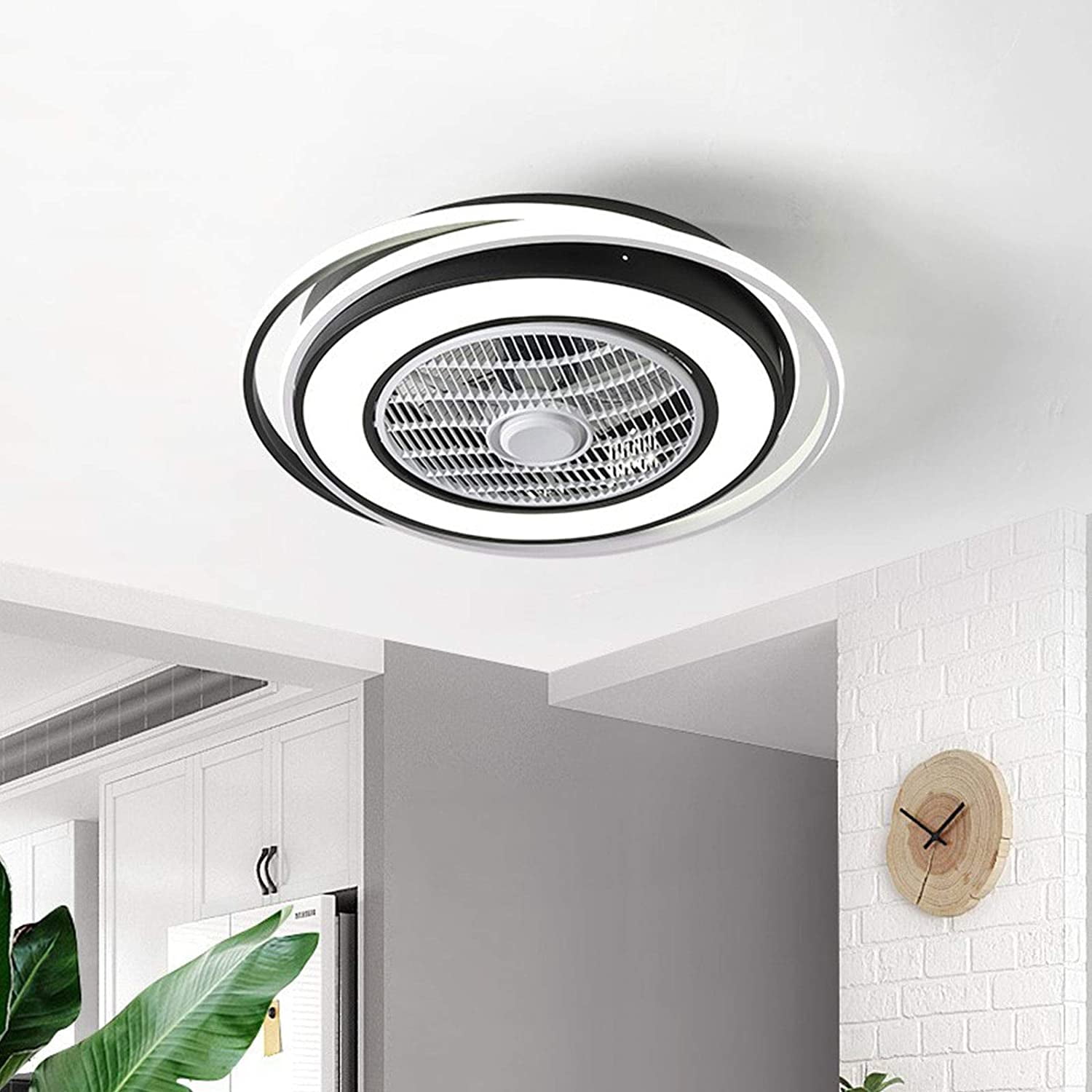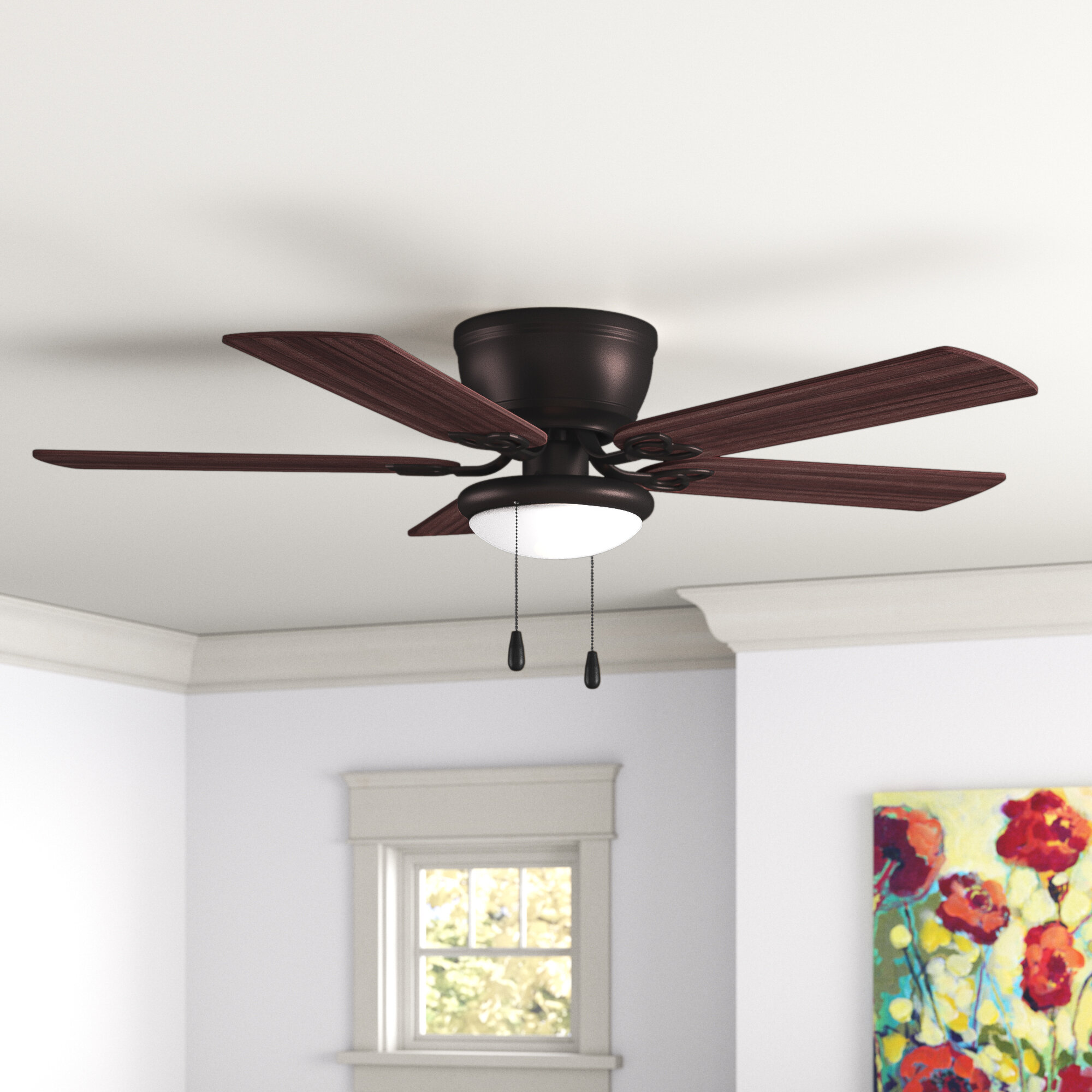

The fans became the energy-saving appliances for residential and commercial use by supplementing expensive air conditioning units with a column of gentle airflow.Ĭasablanca Fan Co. These Indian manufactured ceiling fans caught on slowly at first, but Markwardt's Encon Industries branded ceiling fans (which stood for ENergy CONservation) eventually found great success during the energy crisis of the late 1970s and early 1980s since they consumed less energy than the antiquated shaded pole motors used in most other American made fans. Crompton Greaves had been manufacturing ceiling fans since 1937 through a joint venture formed by Greaves Cotton of India and Crompton Parkinson of England. (Hub) Markwardt began importing ceiling fans into the United States that were manufactured in India by Crompton Greaves, Ltd. Meanwhile, ceiling fans became very popular in other countries, particularly those with hot climates, such as India and the Middle East, where a lack of infrastructure and/or financial resources made energy-hungry and complex freon-based air conditioning equipment impractical. Late '80s Usha Prima, one of the most common ceiling fans in India by the 1960s those that remained were considered items of nostalgia. From the Great Depression of the 1930s, until the introduction of electric air conditioning in the 1950s, ceiling fans slowly faded out of vogue in the U.S., almost falling into total disuse in the U.S. The early turn-of-the-century companies who successfully commercialized the sale of ceiling fans in the United States were what is today known as the Hunter Fan Company, Robbins & Myers, Century Electric, Westinghouse Corporation and Emerson Electric.īy the 1920s, ceiling fans became commonplace in the United States and had started to take hold internationally.

By World War I most ceiling fans were made with four blades instead of the original two, which made fans quieter and allowed them to circulate more air. He continued to make improvements to his invention and created a light kit fitted to the ceiling fan to combine both functions in one unit. Īlmost immediately he faced fierce competition due to the commercial success of the ceiling fan. Each fan had its own self-contained motor unit, with no need for belt drive. He had engineered the electric motor used in the first electrically powered Singer sewing machines, and in 1882 he adapted that motor for use in a ceiling-mounted fan. The electrically powered ceiling fan was invented in 1882 by Philip Diehl. Some of these systems survive today, and can be seen in parts of the southern United States where they originally proved useful. These systems could accommodate several fan units, and so became popular in stores, restaurants, and offices. Instead, a stream of running water was used, in conjunction with a turbine, to drive a system of belts which would turn the blades of two-blade fan units. At that time, they were not powered by any form of electric motor. The first rotary ceiling fans appeared in the early 1860s and 1870s in the United States. In comparison to a rotating fan, it creates a gentle breeze rather than an airflow.Ĭeiling fan originally installed in the dining room of the house in Perry's Camp, turned by the water wheel Originally operated manually by a cord and nowadays powered electrically using a belt-driven system, these punkahs move air by going to and fro. These were cut from an Indian palmyra leaf which forms its rather large blade, moving slowly in a pendular manner. Punkah style ceiling fans are based on the earliest form of a fan, which was first invented in India around 500 BC. Many ceiling fan units also double as light fixtures, eliminating the need for separate overhead lights in a room. This can affect both thermostat readings and occupants' comfort, thereby improving the energy efficiency of climate control. In the winter, fans move warmer air, which naturally rises, back down to occupants. Fans use significantly less power than air conditioning as cooling air is thermodynamically expensive.

Fans add a small amount of heat to the room mainly due to waste heat from the motor, and partially due to friction. Fans do not reduce air temperature or relative humidity, unlike air-conditioning equipment but create a cooling effect by helping to evaporate sweat and increase heat exchange via convection. They cool people effectively by increasing air speed. A ceiling fan is a fan mounted on the ceiling of a room or space, usually electrically powered, that uses hub-mounted rotating blades to circulate air.


 0 kommentar(er)
0 kommentar(er)
